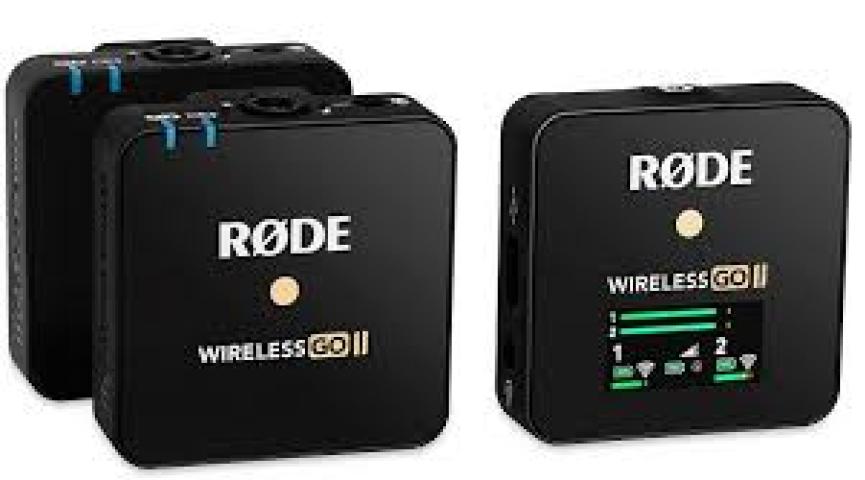The relationship between Wireless LAN Controllers (WLCs) and Lightweight Access Points (APs) is a core concept in enterprise-level wireless networking, essential for professionals pursuing CCIE Wireless training. A thorough understanding of this interaction is critical for managing large-scale wireless networks, enabling streamlined configurations, improved security, and optimized network performance. This article explores the foundational elements of WLC and Lightweight AP interactions, offering insights on their roles, protocols, and troubleshooting techniques that empower CCIE Wireless-certified engineers to design and manage wireless networks effectively.
What is a Wireless LAN Controller (WLC)?
A Wireless LAN Controller (WLC) is a centralized device that manages, configures, and controls multiple Access Points in a wireless network. By aggregating control of all APs, WLCs make it easier to implement consistent configurations, policies, and security measures across the network. WLCs are essential for enterprise wireless deployments, as they simplify management tasks, allow for rapid AP provisioning, and provide advanced security functions that are critical in high-traffic and sensitive environments.
The Role of Lightweight Access Points
Unlike standalone or autonomous APs, Lightweight APs are designed to work in conjunction with a WLC. They rely on the controller for configuration, security, and management, essentially offloading these tasks to the WLC. This architecture reduces the burden on APs, allowing them to focus solely on handling wireless traffic. The WLC-Lightweight AP model is a hallmark of modern enterprise networks because it allows for seamless scalability and centralized control.
Key Concepts in WLC and Lightweight AP Communication
Control and Provisioning of Wireless Access Points (CAPWAP) Protocol
CAPWAP is the protocol that facilitates communication between the WLC and Lightweight APs. CAPWAP encapsulates management messages and traffic in a secure, encrypted tunnel, ensuring that control data between WLC and APs remains private and protected from interception. CAPWAP’s dual-channel architecture (control and data) provides the reliability and security needed in enterprise environments.
AP Discovery and Join Process
When powered on, a Lightweight AP undergoes a discovery process to locate an appropriate WLC. This process involves several steps, including sending broadcast discovery messages and DHCP requests with specific vendor classes. Once an AP identifies a WLC, it initiates a secure join request, allowing the WLC to provision the AP with configuration settings, including SSID, security protocols, and channel settings.
Roaming and Mobility Groups
One advantage of centralized WLC control is the ease of managing AP roaming within the same mobility group. When a device moves from one AP's coverage to another, the WLC ensures seamless handoff, reducing the chances of connection drops. CCIE Wireless engineers can configure these settings on the WLC to support continuous and uninterrupted roaming, which is essential in large and complex networks.
Key Benefits of WLC and Lightweight AP Interactions
Centralized Configuration and Management
WLCs allow network administrators to configure multiple APs from a single interface, significantly reducing setup times and ensuring consistent settings across the network. Centralized control also enables efficient monitoring and troubleshooting of AP performance and connectivity.
Enhanced Security
With centralized security controls, WLCs streamline the implementation of WPA3, 802.1X, and other advanced security protocols across all connected APs. Administrators can quickly apply patches and firmware updates to address vulnerabilities, reducing security risks.
Load Balancing and Bandwidth Optimization
The WLC can intelligently manage client connections across APs, balancing the load to prevent congestion in high-density areas. This capability is crucial in environments such as offices, campuses, and public spaces, where numerous users connect simultaneously.
Failover and High Availability
WLCs support redundancy and failover configurations that enhance network resiliency. In the event of a controller failure, a backup WLC can take over, ensuring uninterrupted service and maintaining connectivity for all APs.
Troubleshooting Common WLC and Lightweight AP Issues
For CCIE Wireless professionals, knowing how to diagnose and troubleshoot WLC-AP interactions is essential. Here are a few common issues and troubleshooting steps:
APs Unable to Join the WLC
This issue may be caused by network misconfigurations, such as improper VLAN settings or firewall blocks on CAPWAP ports. Engineers can use commands like show capwap ip and show join status to verify connectivity and identify potential misconfigurations.
High Interference Levels
Interference from other APs or external devices can degrade network performance. WLCs often have built-in tools for analyzing channel interference and optimizing AP channel allocation, which can mitigate interference-related issues.
Roaming Failures
If clients experience connectivity drops while roaming, this could indicate misconfigurations in mobility groups or WLAN policies. Ensuring that all APs in the network are correctly joined to the WLC and are part of the same mobility group can help prevent these issues.
CAPWAP Tunnel Issues
CAPWAP tunnel problems can disrupt the connection between the WLC and APs. To troubleshoot CAPWAP tunnels, engineers can check firewall rules, inspect CAPWAP ports (UDP 5246 and 5247), and use debug commands on the WLC for insights into tunnel activity.
Best Practices for CCIE Wireless Engineers Managing WLC and AP Interactions
Keep WLC Firmware Updated
Regular firmware updates provide the latest security patches, protocol enhancements, and feature upgrades, keeping the wireless network resilient and secure.
Optimize AP Placement and Channel Allocation
Proper AP placement and channel planning are critical for minimizing interference and maximizing coverage. The WLC’s automated tools can be fine-tuned to suit the specific needs of the network.
Enable Advanced Security Features
Leverage the WLC’s capabilities to enforce robust security protocols, such as WPA3 and 802.1X, and regularly review security settings for potential improvements.
Regularly Monitor AP Performance Metrics
Monitoring AP status, signal strength, and client density helps in proactive network management. WLCs provide real-time metrics that CCIE Wireless engineers can use to identify and address potential issues before they impact users.
Conclusion
A solid understanding of the interaction between WLCs and Lightweight APs is a cornerstone of CCIE Wireless expertise, as this relationship underpins the performance, security, and scalability of enterprise wireless networks. From centralized management to seamless client roaming, WLCs and Lightweight APs work together to create robust, efficient networks that meet the demands of modern business environments. Mastering these concepts through CCIE Wireless training equips networking professionals to deploy, manage, and troubleshoot complex wireless infrastructures effectively. With in-depth knowledge of WLC and AP communication protocols, troubleshooting techniques, and optimization strategies, CCIE Wireless-certified engineers are invaluable assets in today’s network-dependent landscape.



